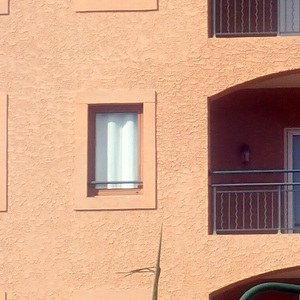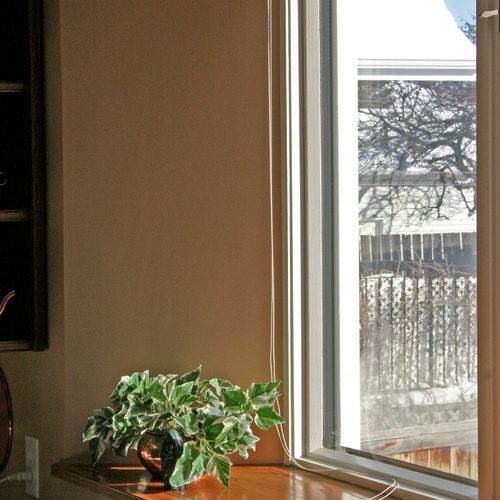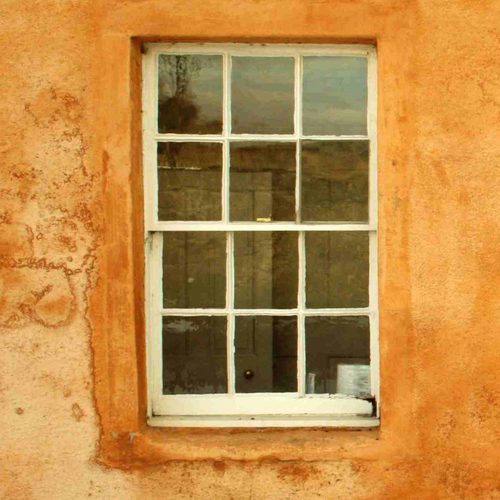
We ask a lot of our windows. A window is like a Swiss army knife: it’s a tool that’s supposed to do lots of different tasks. For certain tasks, most windows get very high marks. For other tasks, most judges would admit that windows leave a lot to be desired.
In addition to having certain functions that are planned by engineers and window designers, windows have a few accidental characteristics that we’ve all learned to live with—characteristics like condensation. Warts and all, let’s look at windows.
Windows provide light for the interior of a home
Windows should admit enough natural light to allow occupants to see things in the home’s interior during the day without turning on any electric lights.
Windows don’t have to be transparent to perform this function—so-called “privacy glass” (sometimes used in bathrooms) will work just fine.
Windows can elevate the mood
Researchers who have studied the issue generally agree that windows can elevate one’s mood. It’s more pleasant to spend time in an office with nice windows than in a windowless office.
In a study titled “The Benefits of Daylight through Windows,” the authors (Peter Boyce, Claudia Hunter, and Owen Howlett) concluded, “Psychologically, daylight and a view are much desired.”
This statement comes with a few caveats: “There is no simple recipe for what lighting conditions produce the most positive mood. Windows are strongly favored in work places for the daylight they deliver and the view out they provide, as long as they do not cause visual or thermal discomfort or a loss of privacy.” More information on these caveats can be found in the study report.
Windows can cause glare
In the middle of a very bright sunny day, few people want to sit near…
Weekly Newsletter
Get building science and energy efficiency advice, plus special offers, in your inbox.

This article is only available to GBA Prime Members
Sign up for a free trial and get instant access to this article as well as GBA’s complete library of premium articles and construction details.
Start Free TrialAlready a member? Log in















4 Comments
Martin
Thanks for your solid summary. Some additional information follows.
Gas in the spaces created by two or more “lites” also circulates in convection currents like you describe inside the room. Outside cold moves inside via conduction to this gas, thence inside the room via conduction through the inner lite. Heat moves the other way. Air, which is 78% nitrogen, circulates faster than heavier gases such as argon, xenon or krypton, which are gases used to better insulate windows by slowing the convection currents and thereby heat transfer. Coatings, mostly called “low e” with various numbers, are placed on various glazing surfaces to either reject heat from outside (cooling climates) reflect infrared radiant heat energy back to the inside (heating climates). Not all transparent glazing is glass. Using more glazing surfaces reduces heat loss. Alpin Windows offers quad glazed high performance windows with R values approaching 10. Window frames rarely offer R values over 5 so have room for improvement.
Many people incorrectly think that insulated glass (IG) windows are vacuum insulated. Like the vacuum glass thermos bottle in your lunch pail, vacuum insulated glazing (VIG) has been prototyped with various technologies. VIG units can achieve R15, so R30 glazing with two units (4 sheets of glass) is conceivable, albeit expensive. Windows with clear or translucent aerogels sandwiched between two sheets of glass, fiberglass, acrylic or polycarbonate are available. Frost on the exterior of these highly insulated windows is more common since less interior heat reaches the cold exterior glass surface.
Martin, I love your dry sense of humor.
A good read and also a reference I can use later. I wonder if anyone would care to remark about another aspect. Windows endure weathering. How well do modern windows endure?
David,
Window durability depends on the materials used to make the window, the quality of its assembly, and (especially) its level of exposure. Old windows that endured for centuries were often installed as "innies" and were protected by generous head trim that helped to deflect rain and shield the window from exposure.
Some architects--especially those enamored of the "midcentury modern" look--have forgotten basic rules of water deflection, and have decided to expose windows to the weather. This shortens their life.
Windows with aluminum or vinyl cladding on the exterior are very durable. Windows with exposed wooden components on the exterior are sometimes short-lived, especially when exposed to sun and rain, and especially if the manufacturer used finger-jointed lumber.
If you're interested in information on vinyl window durability, you might want to read my Fine Homebuilding article on the topic, "Will Vinyl Windows Last?"
Log in or become a member to post a comment.
Sign up Log in